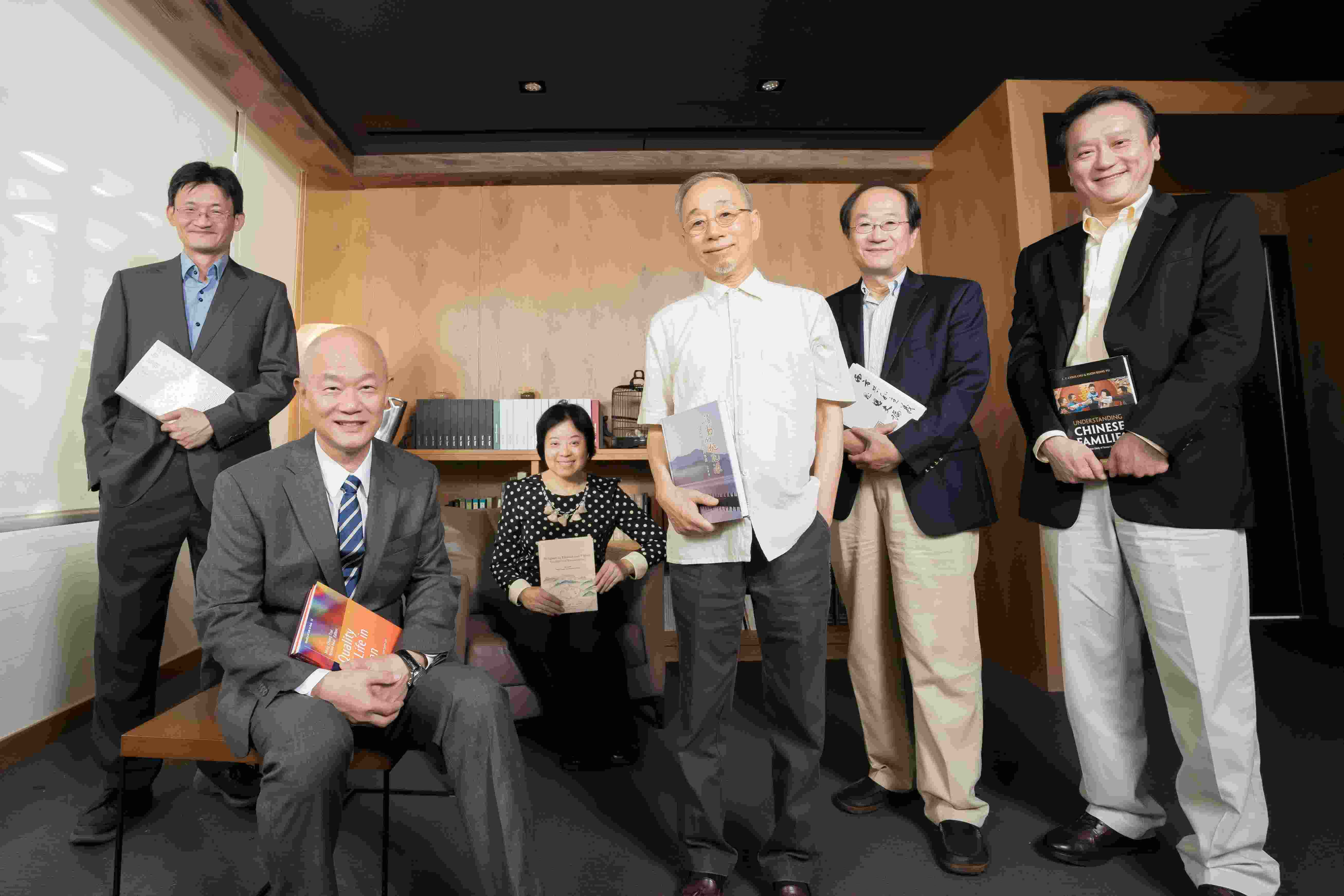Date: 2023-04-27
Co-leading an international research team, the Institute of Astronomy and Astrophysics, Academia Sinica (ASIAA), successfully produced an image with a new millimeter-wavelength observation. The image underlines for the first time the connection between the accretion flow near the M87 supermassive black hole and the origin of the jet. The results are published in the April issue of Nature. The research team included scientists from NTNU, NSYSU and NCSIST and was supported by Academia Sinica and the National Science and Technology Council (NSTC) in Taiwan.
Two international collaborations of radio telescopes have linked up to create Earth-sized virtual telescopes: the Event Horizon Telescope (EHT) and the Global Millimeter VLBI Array (GMVA), working at different wavelengths. The EHT observed at a wavelength of 1.3 millimeters to obtain shadow images of black holes, while the GMVA observed at a wavelength of 3.5 millimeters, investigating the properties of the accretion flow and jets around a black hole. EHT has released the first and second black hole images in 2019 and 2022.
The new image of an accretion flow of M87 black hole and a powerful jet was obtained with the GMVA, complemented by the Greenland Telescope (GLT) and the phased Atacama Large Millimeter/submillimeter Array (ALMA). The addition of these two observatories has greatly enhanced the imaging capabilities of the GMVA. The participation of GLT and ALMA in the GMVA observations and the resulting increase in resolution and sensitivity of this intercontinental network of telescopes. “By having GLT and ALMA as a part of the global VLBI array at 3.5mm, we were able to reach a sufficient angular resolution to resolve the nuclei into the thicker and larger ring in comparison with EHT results, mainly associated with the spatial resolved accretion flow surrounding the super massive black hole of M87,” says Keiichi Asada, Associate Research Fellow of the ASIAA and one of the corresponding authors of this paper.
The diameter of the ring measured by the GMVA is 64 microarcseconds, which corresponds to the size of a small (5-inch/13-cm) selfie ring light as seen by an astronaut on the Moon looking back at Earth. This diameter is 50 percent larger than what was seen in observations by the EHT at 1.3 mm, in accordance with the expectations for the emission from relativistic plasma in this region.
“This is the first scientific result of the GLT after we moved the telescope to Greenland and reassembled there.” emphasizes Satoki Matsushita, Research Fellow of the ASIAA and the Primary Investigator of the GLT Project. “The GLT project started 14 years ago, and we finally delivered the first result, and the result turned out to be really fantastic and epoch-making!”
“It was really a big challenge for us to refurbish the telescope to work under extreme cold weather and reassembled it at Greenland.” says Ming-Tang Chen, Research Fellow of the ASIAA and the Deputy Director of Hawaii Operation. “But together with the experienced engineers and technicians of the National Chung-Shan Institute of Science and Technology (NCSIST) and those in our institute, we could make this happen. We are really proud of the current science, technology, and experience of Taiwan.”
"Previously we had seen both the black hole and the jet in separate images, but now we have taken a panoramic picture of the black hole together with its jet at a new wavelength”, says Ru-Sen Lu, from the Shanghai Astronomical Observatory and leader of a Max Planck Research Group at the Chinese Academy of Sciences. The surrounding material is thought to fall into the black hole in a process known as accretion. But no one has ever imaged it directly. "The ring that we have seen before is becoming larger and thicker at 3.5 mm observing wavelength. This shows that the material falling into the black hole produces additional emission that is now observed in the new image. This gives us a more complete view of the physical processes acting near the black hole”, he added.
The light from M87 is produced by the interplay between highly energetic electrons and magnetic fields, a phenomenon called synchrotron radiation. The new observations, at a wavelength of 3.5 mm, reveal more details about the location and energy of these electrons. They also tell us something about the nature of the black hole itself: it is not very hungry. It consumes matter at a low rate, converting only a small fraction of it into radiation. Hung-Yi Pu of National Taiwan Normal University, who is a Yushan young scholar of Ministry of Education and leads the theoretical modeling work, explains: “By utilizing numerical simulations of the black hole environment and developing models for the black hole system emission features, we have identified that the ring-like structure is linked to the accretion flow. Our investigation was made possible through the combination of high-resolution observations and multifrequency constraints.”
Kazuhiro Hada from the National Astronomical Observatory of Japan adds: "We also find something surprising in our data: the radiation from the inner region close to the black hole is broader than we expected. This could mean that there is more than just gas falling in. There could also be a wind blowing out, causing turbulence and chaos around the black hole.”
The quest to learn more about Messier 87 is not over, as further observations and a fleet of powerful telescopes continue to unlock its secrets. “Upcoming observations will examine the evolution of the M87 black hole environment in millimeter wavelengths and explore a polychromatic view of the black hole by utilizing various color images in radio light." says Jongho Park of the Korea Astronomy and Space Science Institute and a former postdoctoral fellow of the ASIAA.
“The data from the GLT, led by Taiwan, together with ALMA, which has Taiwan as an important partner, ensured the increase in sensitivity and resolution, which enabled these new results. In the meantime, the global VLBI array at 3.5 mm is much more powerful than we originally expected. Since this year, James Clerk Maxwell Telescope (JCMT), which is one of the important telescopes we contribute to, has been included as a part of the array. Using the ALMA-GLT-JCMT triangle as a fundamental pillar for the global VLBI array, we plan to take a movie of the black hole vicinity region. It will allow us to explore how material accrete onto the black hole and be ejected from the black hole vicinity,” Paul T.P. Ho, Academician and Director of the East Asian Observatory, said.









 Home
Home



